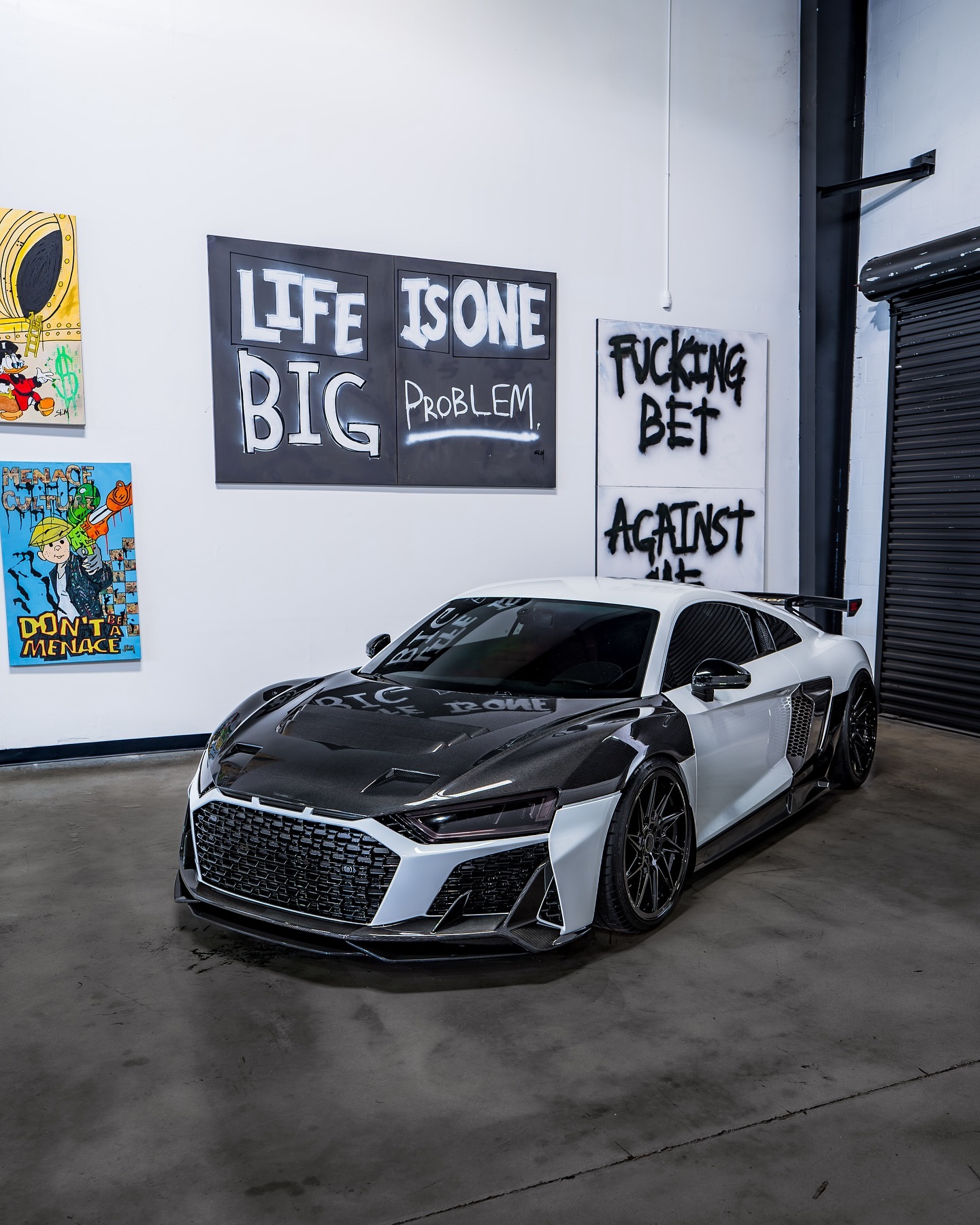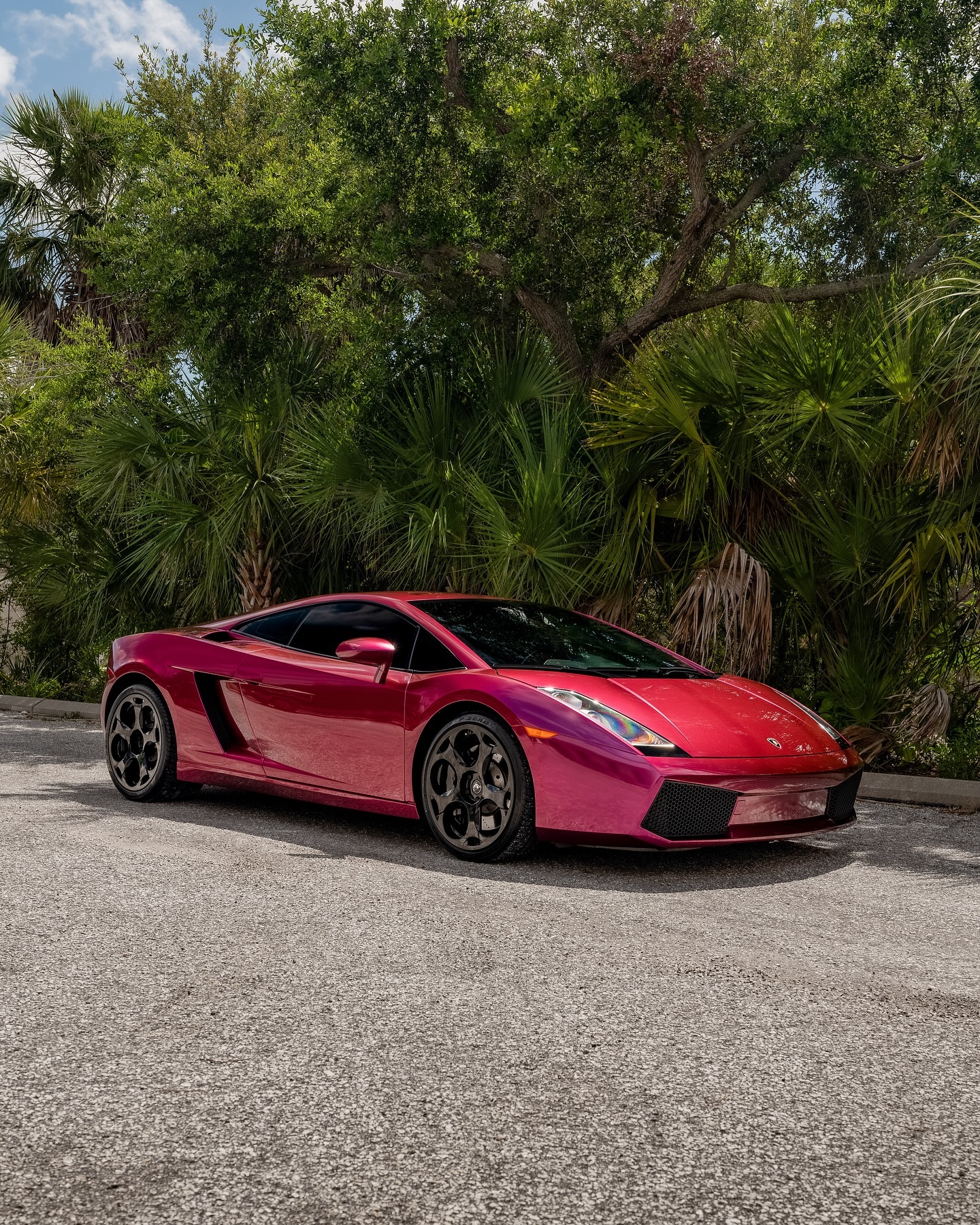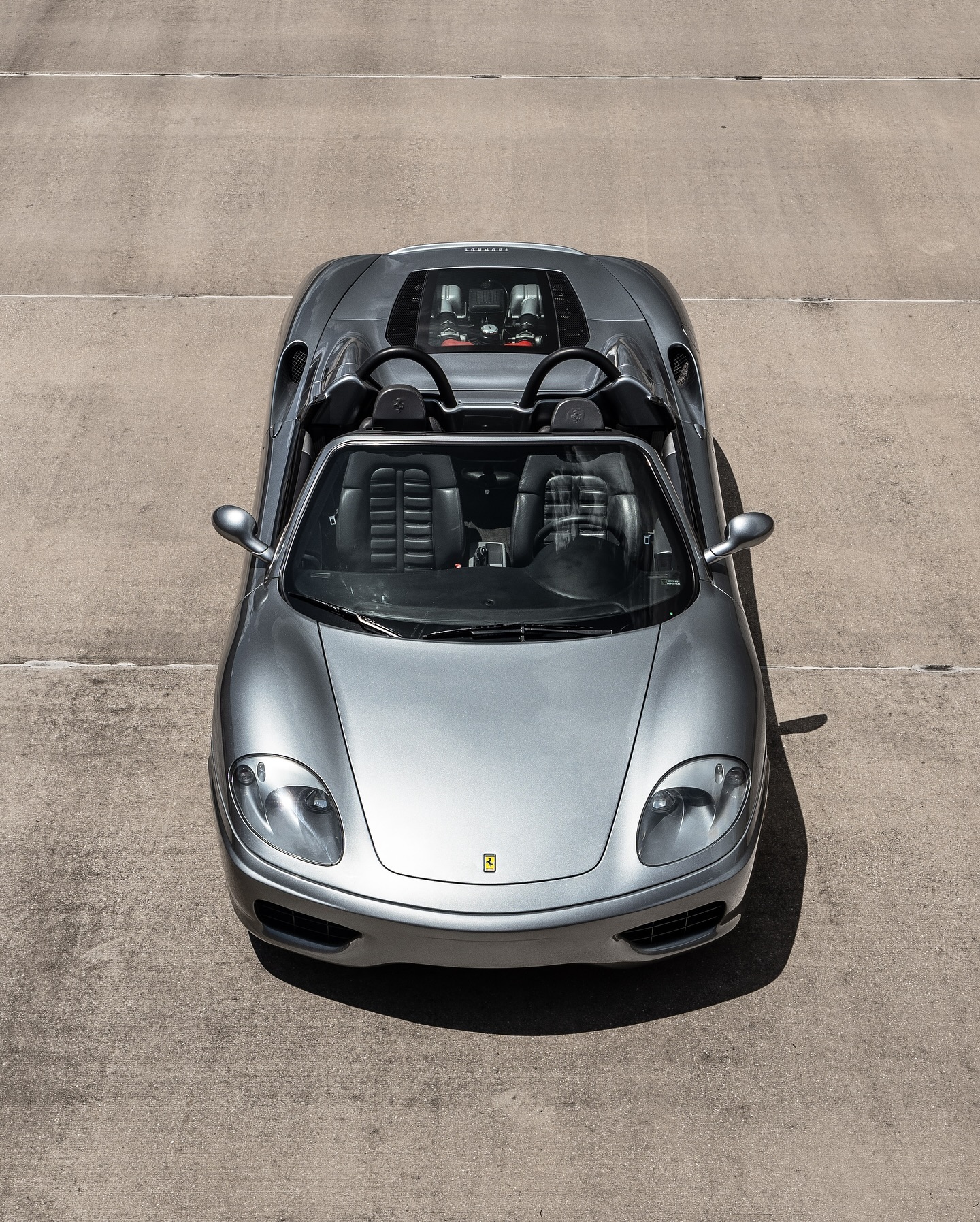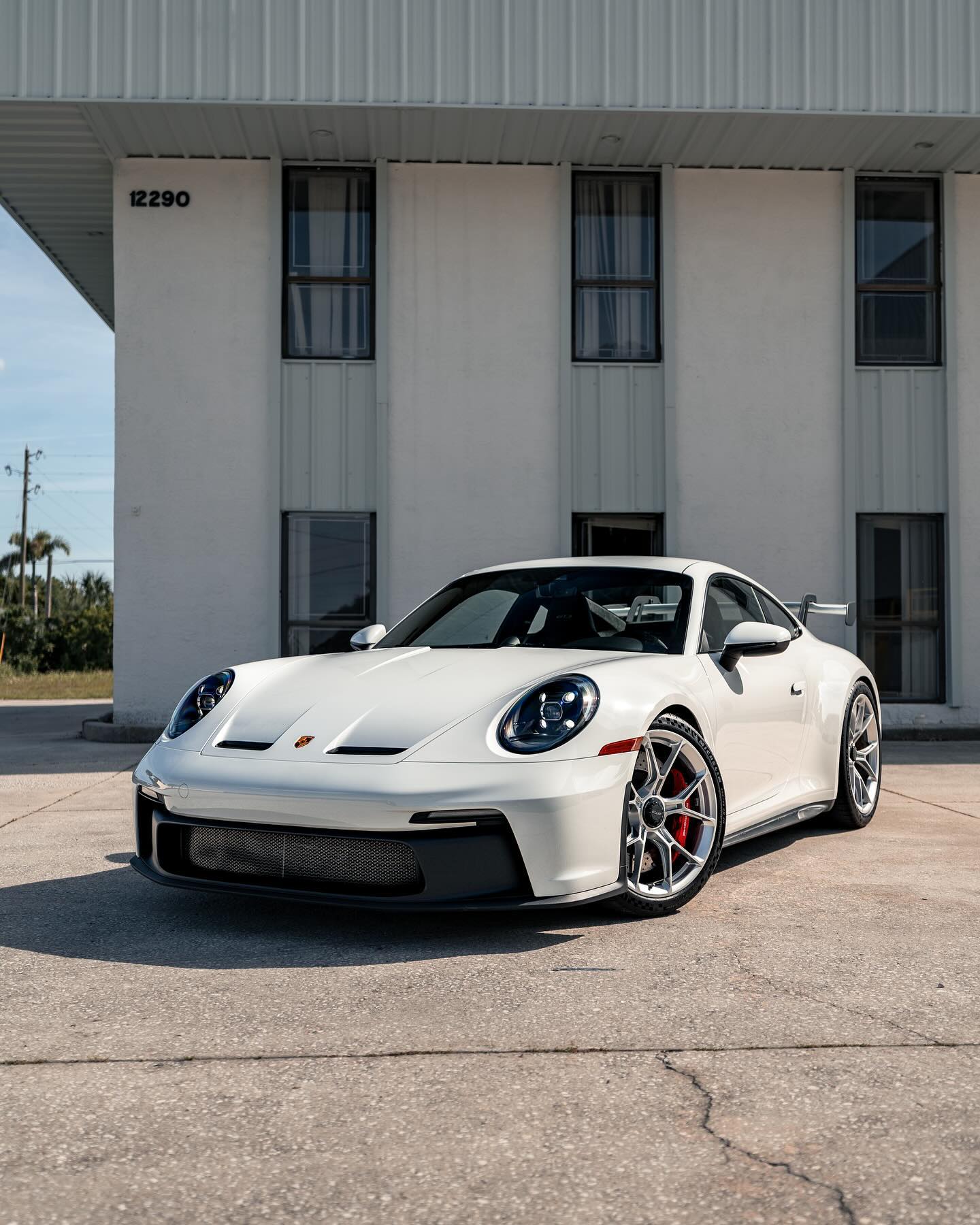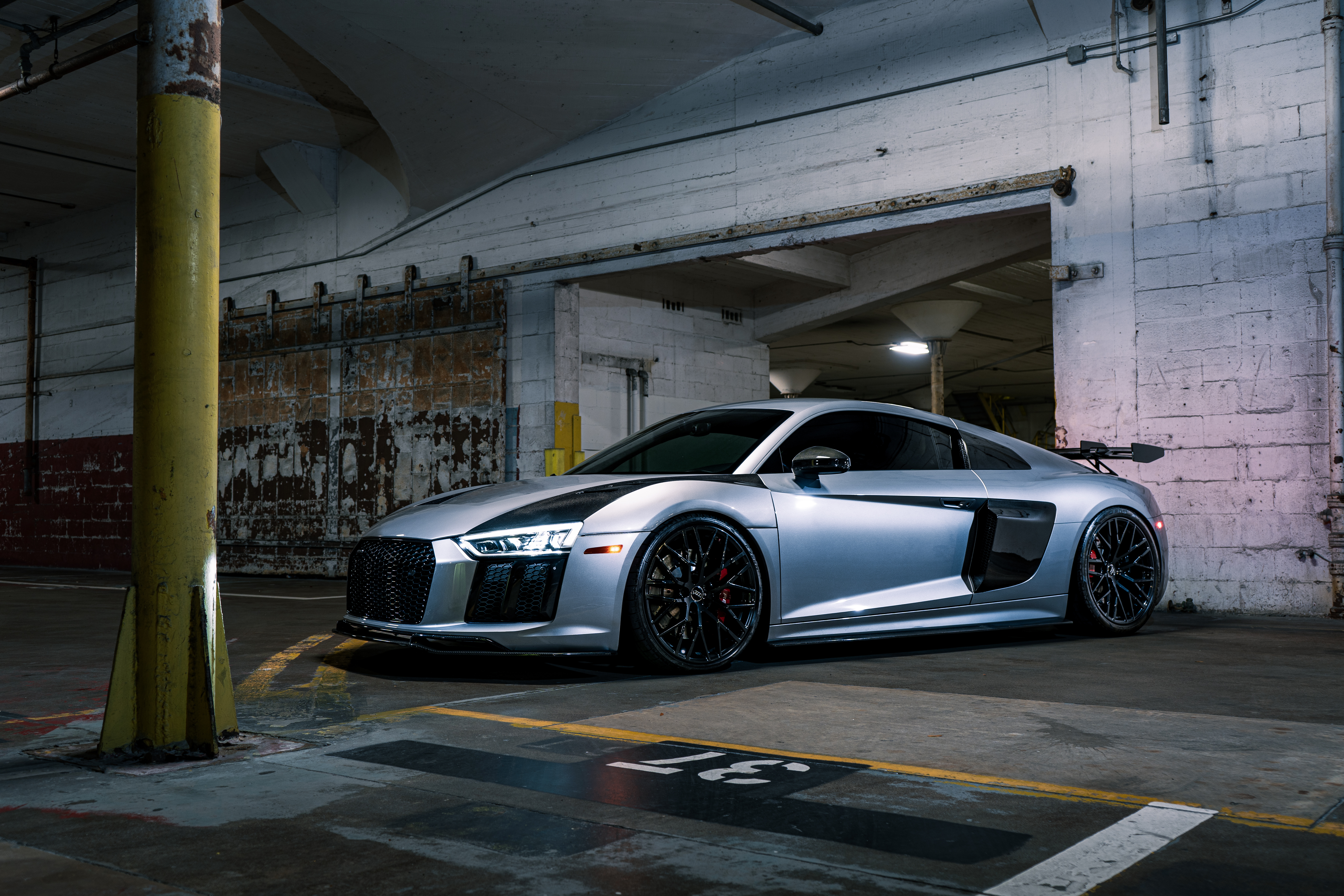Hypercars vs. Supercars: How to Tell Them Apart
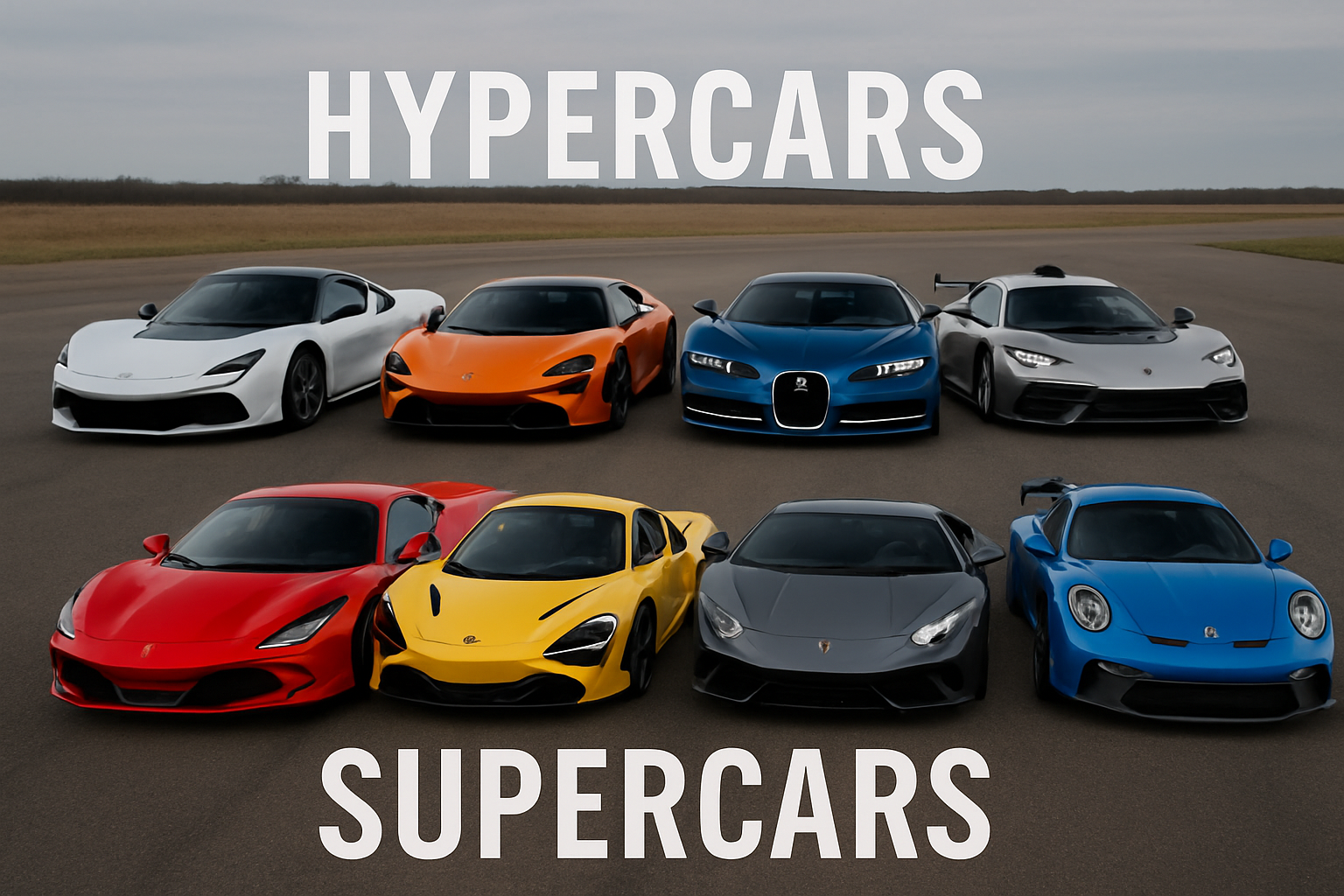
Picture this: you’re sitting at a light in something low, loud, and a little bit ridiculous. People pull out their phones. A kid gives you a thumbs-up. Cool. But is the machine you’re in a supercar—or have you crossed into hypercar territory? The words get tossed around a lot, and they’re not just marketing fluff. Between the two is a genuine gap, and it goes beyond only top speed.
In straightforward language, then, let's dissect a few notable examples and consider what everything means if you're dreaming, buying, or selling.
The 10-Second Gut Check
- Purpose: Supercars are built to thrill often; hypercars are built to break rules occasionally.
- Production: Supercars are “rare but findable.” Hypercars are “allocation only—know someone.”
- Price & complexity: Supercars live in the high six figures (sometimes low sevens). Hypercars? Seven or eight figures, with tech that reads like aerospace.
What Makes a Supercar… a Supercar?
Supercars are the poster children of performance you can use. They seek a sweet spot: amazing speed, precise handling, dramatic appearance, and adequate day-to-day practicality that owners accumulate miles, not just museum pictures.
Typical traits
- Big, soulful engines (think high-revving V8s/V10s), or potent turbo V8s
- Aerodynamics tuned for balance and confidence, not just records
- Track capability without deleting your sanity—or your air-conditioning
Living, Breathing Illustrations
- Porsche 911 GT3 RS (992 generation): a naturally aspirated flat-six that climbs to the stratosphere, front double-wishbones, motorsport aero, and days of feedback.. It’s less about sheer numbers, more about what your hands and spine are telling you through the wheel.
- Ferrari 458 Italia: A modern classic. Naturally aspirated V8, telepathic steering, and design that aged like good espresso. It’s the car that made plenty of owners say, “I finally get it.”
- Lamborghini Huracán Performante: Lambo drama with brains. Its active aero system shuffles downforce where it’s needed mid-corner, making a wild machine surprisingly precise.
- McLaren 765LT: Think of it as the “turn it up” dial on the 720S—lighter, louder, quicker to react. Long tail look, short attention span for anything slow.
Supercars are fast—often 0–60 in the low-3s, with top speeds brushing or clearing 200 mph—but the headline is feel. They’re designed to give you that racing-sim reflex without needing a pit crew.
What Nudges a Car Into Hypercar Country?
Hypercars are where engineers stop asking “what’s reasonable?” and start asking “what’s possible?” They’re rolling tech demos, art objects, and record chasers. Many are hybrid or fully electric, not because of fuel economy, but because electric torque obliterates what internal combustion can do alone.
Common Threads
- Powertrains that combine combustion + electric motors—or go fully electric—purely for speed and control
- Materials pulled from aerospace: carbon monocoques, titanium fasteners, exotic composites
- Active aero, advanced torque vectoring, and software that feels like a co-pilot
Flagship Examples
- Bugatti Chiron: Quad-turbo W16, great stability, and a serene, mega-mph ride that approaches dreamlike quality define the Bugatti Chiron.
- Koenigsegg Jesko: Cerebral transmission and aero handle air like a tool offer merciless speed. Made with the kind of meticulous Swedish exactness that transforms engineers into poets.
- Aston Martin Valkyrie: Cosworth V12 meets aero developed from F1. It appears to be a prototypical racer who failed to remain on the grid.
- Pagani Huayra R (track-only): A naturally aspirated screamer matched with museum-caliber workmanship. Every nut and weave of carbon looks hand-signed.
- Rimac Nevera: The electric missile that reset expectations—instant torque, sophisticated torque vectoring, and numbers that read like typos.
- McLaren Speedtail: A “Hyper-GT”—center seat, endless legs, built to demolish distance at barely-legal speeds while you sip coffee and reconsider time.
Owning a hypercar feels different. You don’t just buy one; you’re often invited to buy one. The brand checks if you’re a long-term steward, not a flipper. Service can involve factory teams. Tires, brakes, battery systems—none of it is casual.
Engineering Differences You Can Feel
- Power delivery: Supercars hit hard; hypercars hit now. Electric assistance fills every hole in the torque curve.
- Aero in motion: Both have wings and ducts. Hypercars use movable surfaces like puppeteers—reducing drag on straights, piling on downforce under braking, even tuning balance mid-corner.
- Weight & stiffness: Carbon tubs exist in both camps, but hypercars double down with exotic layups and metalwork that save grams at eye-watering cost.
- Electronics as talent multipliers: Stability systems in supercars keep you tidy. In hypercars, they feel like an extra set of hands, distributing power with millisecond accuracy.
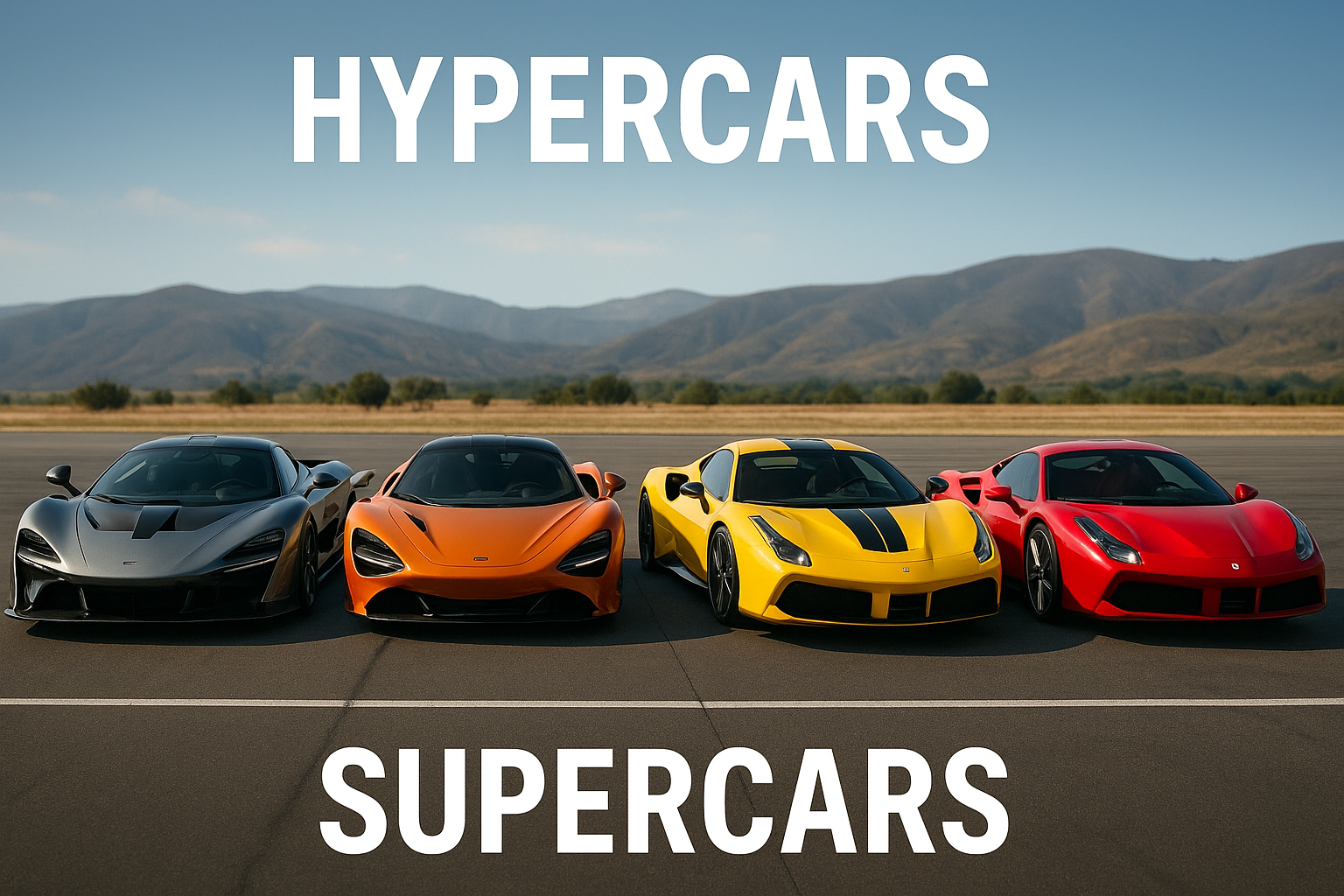
Pricing, Production, and Who They’re For
- Supercars: Often built in the thousands. Expensive, yes, but with real markets and reasonable paths to ownership. You can test-drive one, finance one, service it at a dealer, and drive it to dinner.
- Hypercars: Dozens to a few hundred units. Price tags with two commas. Allocations go to collectors with a history. Many are parked next to other unicorns because—let’s be honest—supply is the rarest option.
Use Cases (AKA, How People Live With These Cars)
- Daily dynamics: A GT3 RS or 765LT will happily do Saturday morning coffee, track days, and road trips if you plan the luggage. A Valkyrie? That’s a “call the transporter” situation.
- Costs you don’t see on the window sticker: Cup-2Rs and carbon-ceramics aren’t inexpensive consumables. Hypercar tires and bespoke components can make supercar maintenance look thrifty.
- Insurance & storage: Both need thoughtful coverage. Hypercars often require specialized storage, battery tenders, and occasional manufacturer visits.
Quick Myth-Busting
- “Top speed decides it.” Not really. It’s about intent, tech, rarity, and how the car is positioned by the manufacturer.
- “If it’s limited, it’s a hypercar.” Plenty of supercars have limited runs (hello, Longtails). Scarcity helps, but it’s not the whole story.
- “Hypercars are undriveable.” Many are surprisingly approachable—until you push into the last 10%, where the car politely informs you it’s operating on another plane.
So… Which Should You Choose?
If you want to drive often—feel a car breathe underneath you, stack up road memories, and not schedule your life around service trucks—start with a supercar. If you want to collect the impossible, host a piece of the future in your garage, and experience performance that recalibrates your brain, a hypercar makes sense (assuming your allocation gods smile).
Either way, both categories exist to deliver the same core emotion: the little laugh you do when the horizon rushes at you faster than your words.
Ready to Sell or Trade Up in Florida?
Tampa Auto Gallery Sales & Leasing makes moving from one dream to the next surprisingly painless. Whether you’re parting with a meticulously kept supercar or a unicorn-spec hypercar, their team has deep, real-world experience with ultra-highline vehicles. Expect:
- A quick, no-pressure appraisal
- Straight answers on market value and timing
- A streamlined sale or trade that respects your time (and your car)
If you’re upgrading, consolidating, or just curious what your garage queen is worth, talk to the folks at Tampa Auto Gallery Sales & Leasing. They live and breathe this world—and they’ll treat your car like it’s their own.
FAQs
What defines a supercar?
Combining speed, handling, and brilliant design, a supercar is a high-performance sports car with adequate usefulness for road driving. Cars like the Porsche 911 GT3 RS or Ferrari 458 Italia fall under this category—very fast but yet practical enough to own and daily drive.
A hypercar differs from a supercar in what ways?
Hypercars go beyond speed and style. Their technology frequently pushes the boundaries of what is conceivable, their production volumes are low, and their engineering is inventive. Picture Koenigsegg Jesko, Bugatti Chiron, or Rimac Nevera—machines designed to push the borders of physics, not merely to be quick.
Are hypers legally permitted on roadways?
Though some track-designed hypercars are not street legal, most of them are. Examples like the Aston Martin Valkyrie or Pagani Huayra R can have road-going counterparts, even if some are intended solely for circuit use. Always go over the laws before you believe a hypercar can be registered in your home.
Which is faster, a supercar or a hypercar?
Hypercars usually move faster. While many supercars exceed that mark, hypercars can reach well beyond 200 mph—some even hit 250–300 mph. Hypercars frequently offer acceleration, aerodynamics, and technology that supercars simply cannot compare to, even if speed is a consideration.

